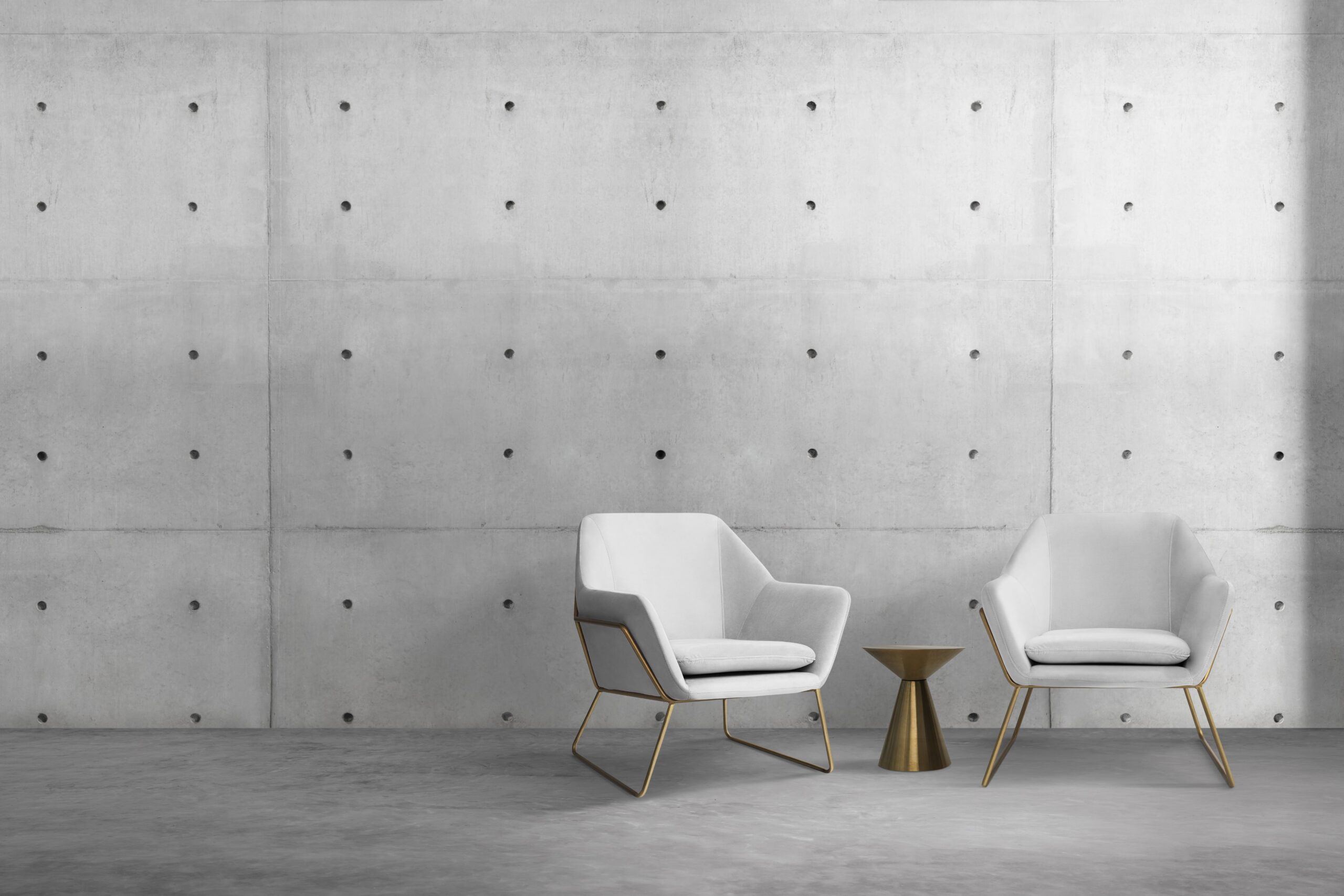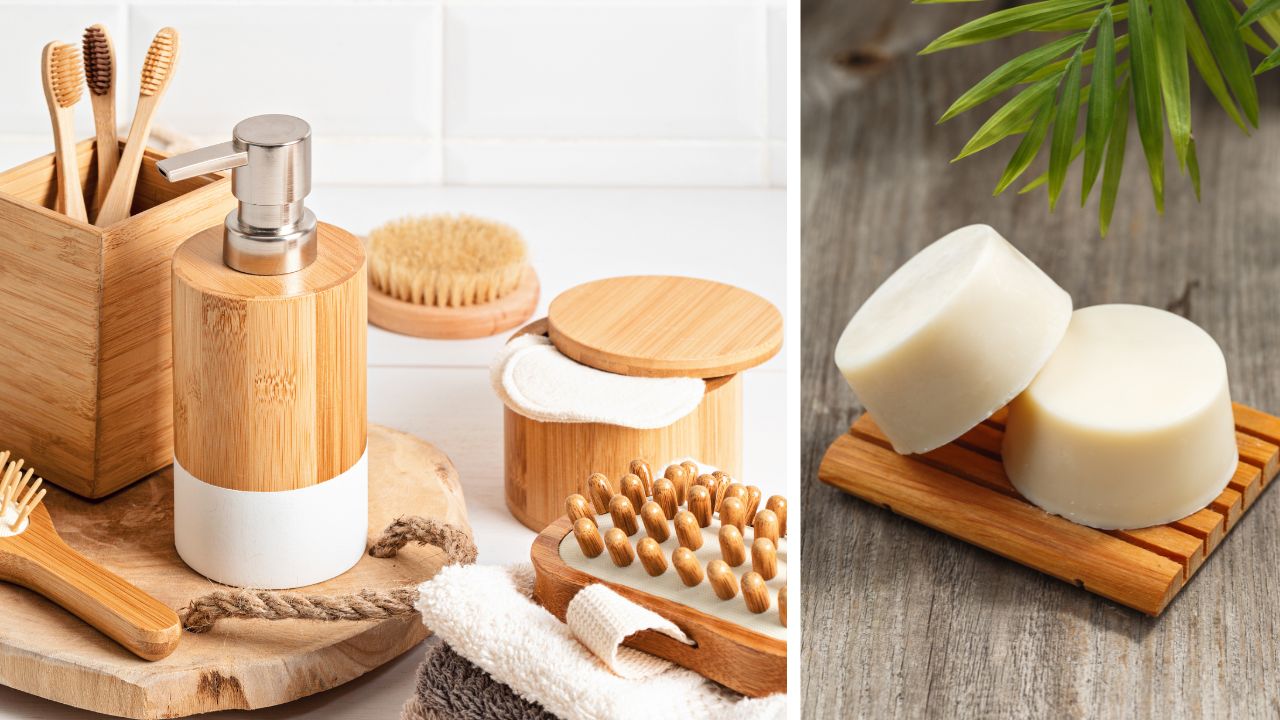10 Simple Swaps for Eco-Friendly Bathroom Makeover
Are you excited to explore 10 Simple Swaps for Eco-Friendly Bathroom Makeover? And make your bathroom sustainable.
Are you looking to give your bathroom a sustainably stylish makeover? Making a few simple swaps can transform your space into an eco-conscious oasis.
As a homeowner, you want an environmentally friendly bathroom without sacrificing style.
The good news is you don’t have to gut your bathroom to make it more eco-friendly. With some clever changes to fixtures, surfaces, textiles and cleaning products, you can create a bathroom that’s kinder to the environment.
You can follow these 10 clever Eco-friendly bathroom makeover tips to give your space a conscience-friendly facelift.
eco-friendly bathroom remodel

10 Simple Swaps for Eco-Friendly Bathroom Makeover
Here are some fantastic tips for an Eco-Friendly Bathroom Makeover
1. Install Water-Saving Fixtures

Installing water-efficient fixtures is one of the easiest ways to green your bathroom. Swapping out your old shower head, tap ware, and toilet can significantly reduce your water usage.
Look for WELS (Water Efficiency Labelling Scheme) rated products with 3, 4 or 5-star ratings. The more stars, the more water-efficient the fixture.
Some specifics to look for:
- Low-flow shower heads under 9 litres per minute
- Tap ware aerators to reduce water flow
- Dual flush toilets with 4.5/3 litre flush options
- Sensor taps that eliminate water waste
Installing water-saving fixtures cuts your water bills and environmental impact in one simple, stylish change.
2. Choose Eco-Friendly Surface Materials
When it’s time to re-tile or renovate surfaces, look to sustainable materials and avoid plastics and synthetics that leach harmful chemicals, instead, opt for natural, renewable and recycled materials.
Recycled Glass Tiles
Made from upcycled glass, these shimmering tiles make a stunning splash back. Brands like IceStone and Fireclay offer recycled glass tile collections.


Natural Stone Tiles
Timeless options like marble, granite, and limestone are durable natural stone alternatives to fired ceramic and porcelain. Opt for honed finishes to avoid toxic sealants.
Concrete
For an edgy, industrial look, polished concrete makes an excellent, eco-friendly bench top or flooring. The raw look eliminates the need for excessive surface treatments.


Salvaged and upcycle woods
Give new life to reclaimed timbers, pallets and demolition salvage woods. Choose FSC-certified and ethically sourced woods.
3. Use Natural Materials for Bathroom Furniture

Most bathroom vanities and cabinets are made from moisture-resistant MDF, laminates, and melamine derived from formaldehyde resins and toxic glues.
For a greener furniture alternative, choose pieces made from natural renewable materials:
Solid wood: Opt for FSC (Forest Stewardship Council)-certified, sustainably harvested solid woods like bamboo, lyptus and Sheesham. Avoid rainforest timbers.
Rattan and wicker: The ultimate natural material, hand-woven rattan and wicker, brings earthy texture. Look for fair trade and sustainably harvested pieces.
Jute and seagrass: Natural jute and seagrass are biodegradable options for open storage and hampers.
4. Add Eco-Friendly Textiles

Skip the polyester and synthetic bathroom textiles. Instead, reach for natural, organic fibres:
Organic cotton towels: More eco-friendly than conventional cotton, organic is grown without pesticides and toxic chemicals.
Bamboo towels: Super sustainable and ultra-soft, bamboo makes the best eco-friendly towels. Look for Oeko-Tex certified.
Jute and seagrass mats: Natural woven mats are great biodegradable options for floors and shelves.
Hemp and linen shower curtains: Durable, antimicrobial and toxin-free – hemp and linen are ideal natural shower curtain fabrics. Or try recycled PET shower curtains.
5. Use Non-Toxic Cleaning and Personal Care Products

Bathrooms see a lot of cleaning products, many laden with harmful chemicals. For a greener clean, look to plant-based and natural offerings:
Citrus acid cleaners: Effective bathroom cleaners can be made from something as simple as vinegar, lemon juice and essential oils.
Castile liquid soap: Made from plant oils, castile soap can replace shower gels, soaps, hand wash and surface cleaners.
Natural loofahs: Swap plastic loofahs for natural fibre options like coconut husk and silk. These also biodegrade when it’s time to replace them.
Shampoo and conditioner bars: Cut down on single-use plastic bottles by switching to solid shampoo and conditioner bars. Many great options are sulphate and paraben-free.
Safety razors: Ditch the plastic disposable razors for a lifetime stainless steel safety razor. You only replace the blade, reducing landfill waste.
6. Install Energy-Efficient Lighting

Your bathroom lighting should illuminate your space beautifully without consuming excess energy. Some eco-options to consider:
LED globes: LEDs use a fraction of the energy of incandescent and halogen bulbs and last over 20 years.
Natural lighting: Wherever possible, incorporate windows and skylights to utilise free natural light during the day.
Sensor lighting: Installing occupancy sensors ensures lights only come on when needed.
Dimmable lighting: Dimmable switches let you control light levels, using the minimum for the task.
7. Choose Low-VOC (volatile organic compounds) Paints and Finishes
Typically, bathrooms require highly moisture-resistant paints and finishes, which are laden with harmful VOCs (volatile organic compounds). Minimise your exposure to toxins by selecting:
Natural plant-based paints: Brands like Livos, Biofa, and Romabio offer plant and mineral-based paints without VOCs or petrochemicals.
Milk and clay paints: Historically used for their natural antibacterial properties, milk and clay paints are VOC-free.
Organic plant oils: As a natural alternative to polyurethane, linseed and tung oils protect surfaces without toxic fumes.
Beeswax and eucalyptus finish: Non-toxic and antimicrobial, beeswax and eucalyptus oil create durable, fume-free finishes.
8. Ventilate Naturally for Eco-Friendly Bathroom Makeover

Moisture and humidity are the bane of bathrooms. Control condensation build-up with natural ventilation:
- Open windows regularly to circulate fresh air.
- Install ceiling exhaust fans or skylights to vent steam and humidity.
- Choose breathable natural materials that absorb moisture rather than trap it.
- Incorporate live plants to purify and circulate air. Snake plants, orchids and ferns thrive in humid bathrooms.
9. Heat Sustainably for Eco-Friendly Bathroom Makeover
To keep your bathroom cosy, opt for a sustainable heating approach:
Solar orientation: If building a new solar system to get maximum northern orientation for natural winter warmth and sunlight.
Hydronic heating: Heated water pipes or embedded wall/floor panels use less energy than convection or radiant heaters.
Electric mats: As an on-demand option, electric mats under tiles are energy-efficient when you need a heat boost.
Smart thermostats: Programmable and WiFi-enabled thermostats ensure you only heat when required.
10. Conserve Water for Sustainable bathroom makeover

With mindful use, you can minimise your bathroom’s water consumption:
- Take shorter showers of 4 minutes or less. Install a shower timer as a handy reminder.
- Turn off faucets when shaving, brushing teeth and washing hands.
- Check regularly for leaky faucets and have these repaired promptly. A small drip wastes thousands of litres over time.
- Only use full loads in dishwashers and washing machines. Or try washing clothes less frequently.
- Compost or recycle grey water from baths, sinks and washing machines to reuse on lawns and gardens.
Final Thoughts on 10 Simple Swaps for Eco-Friendly Bathroom Makeover
With these tips, Australians can easily create a stylishly sustainable bathroom without excess time, stress or money. Small steps make a meaningful difference in conserving water, reducing waste, and cutting energy use. A green bathroom is a healthy home for you and the planet.



